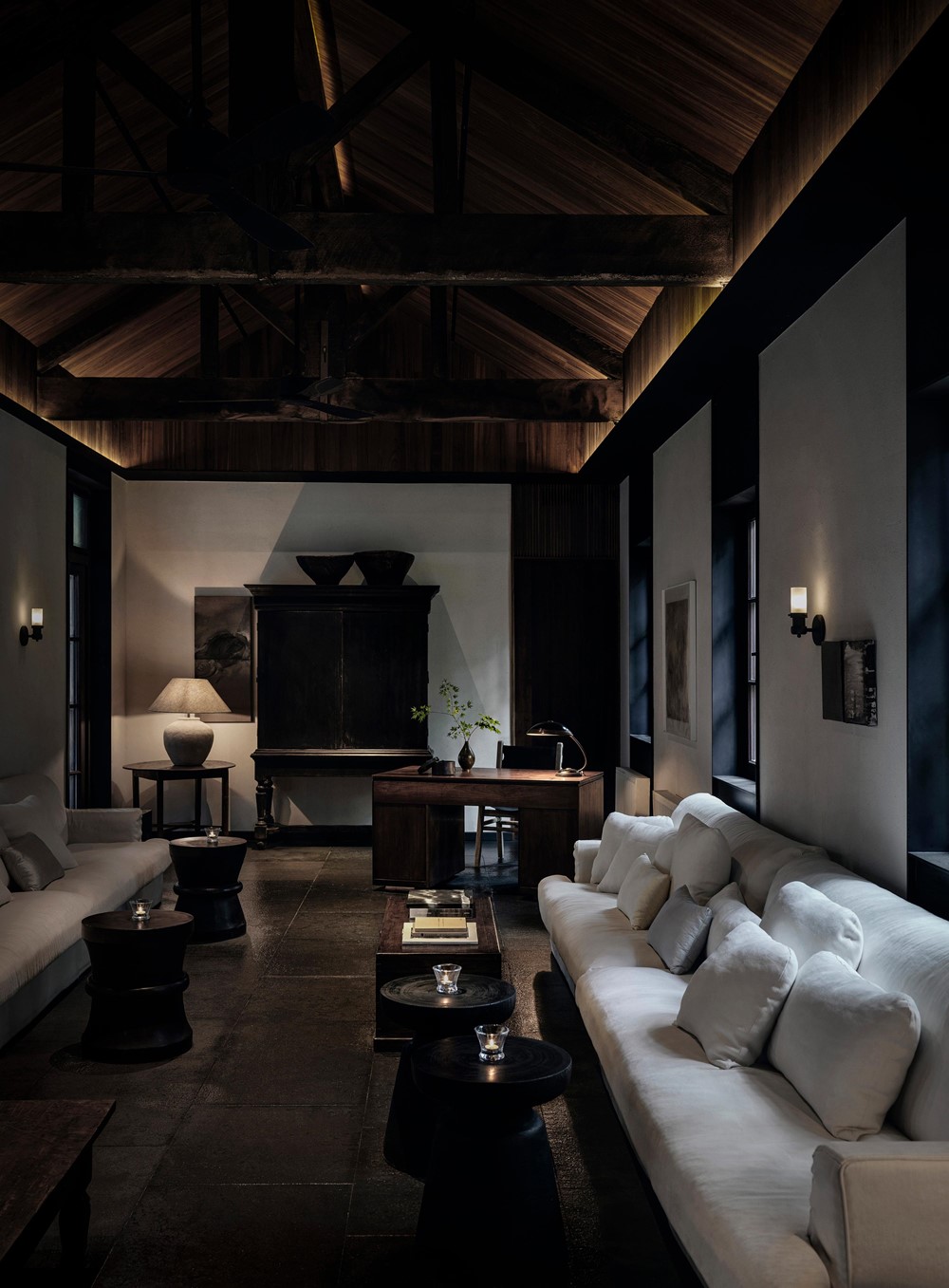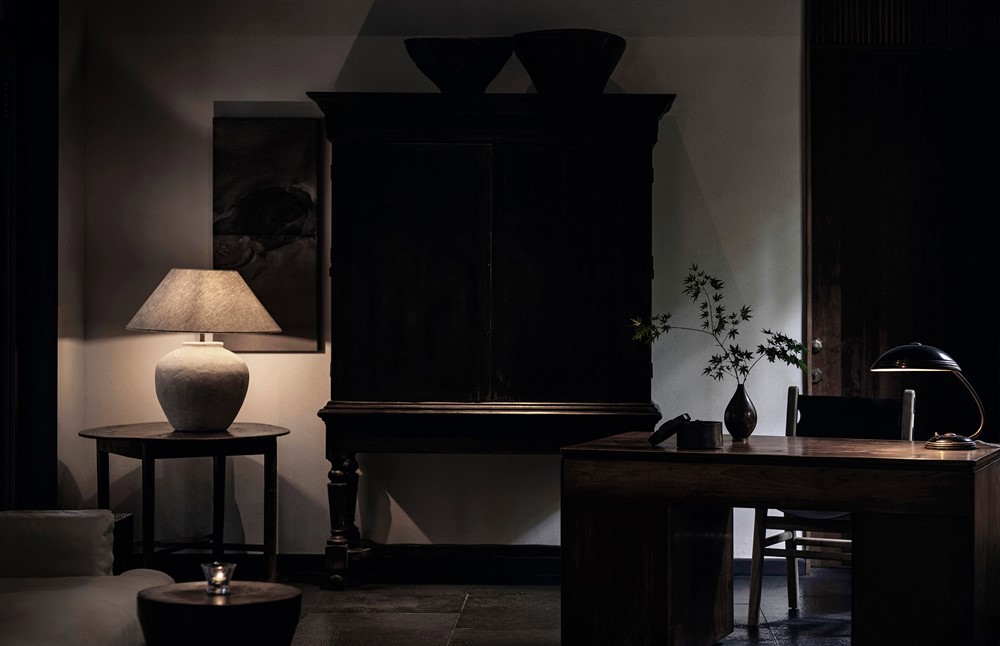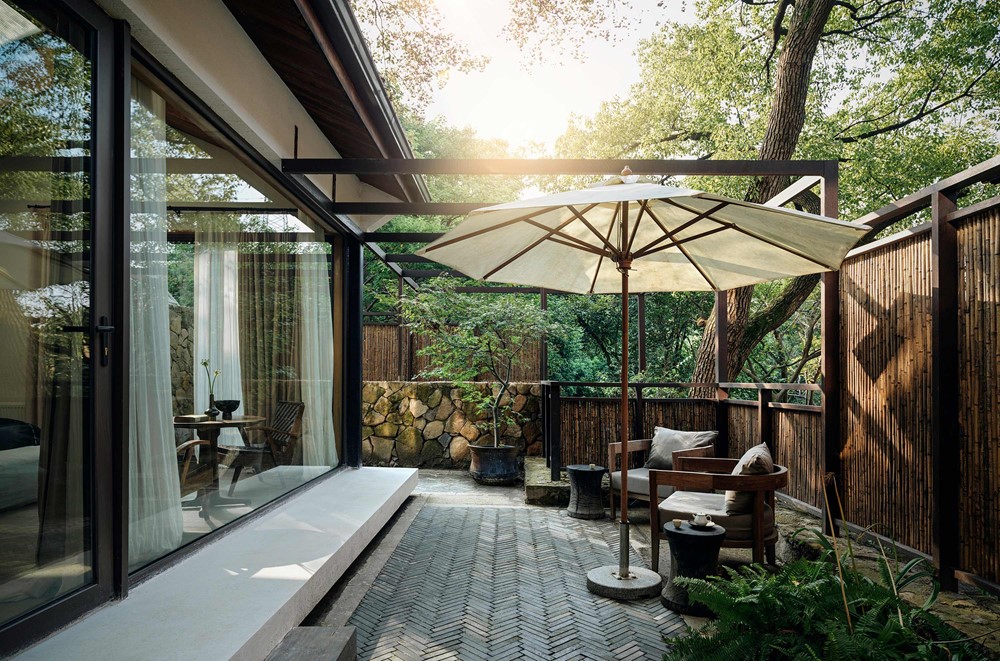An Ethereal Haven with a Restful Atmosphere for Guests to Bask in the Natural Environment in Hangzhou, China.
.
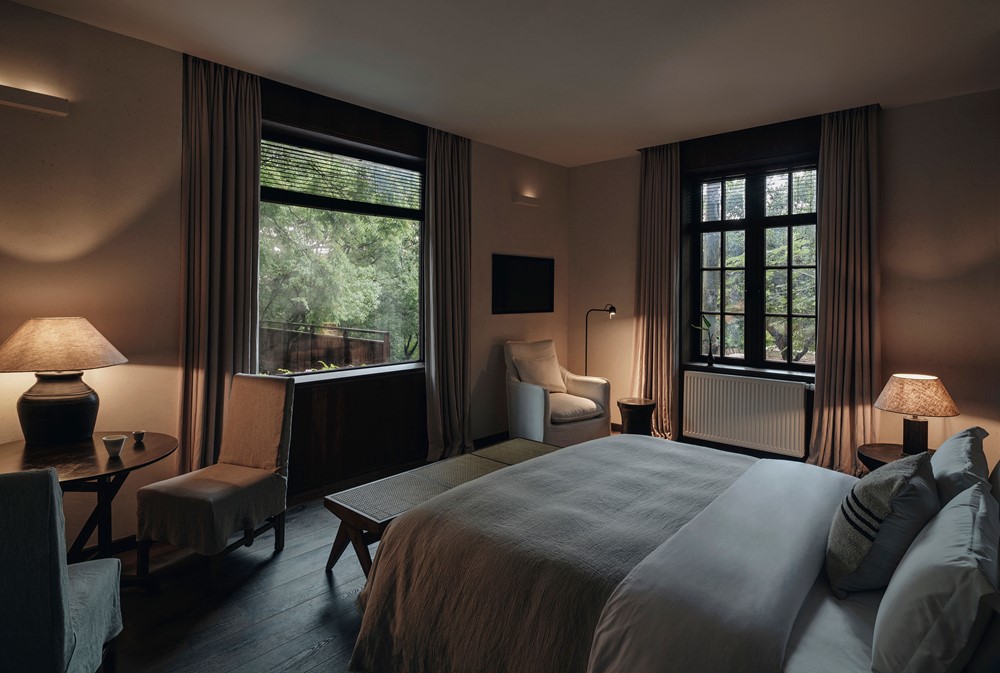
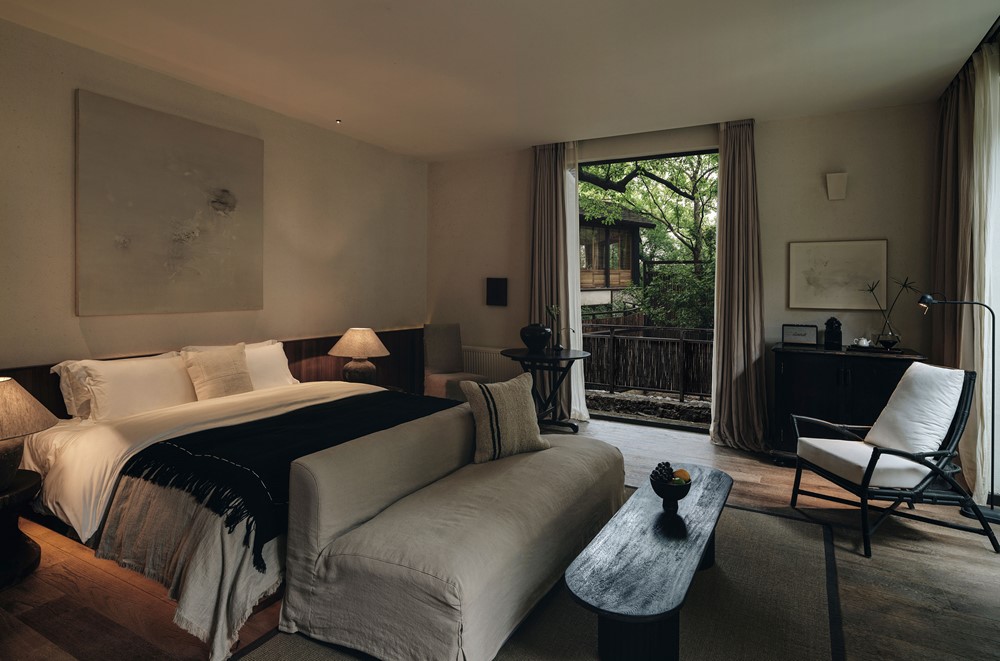
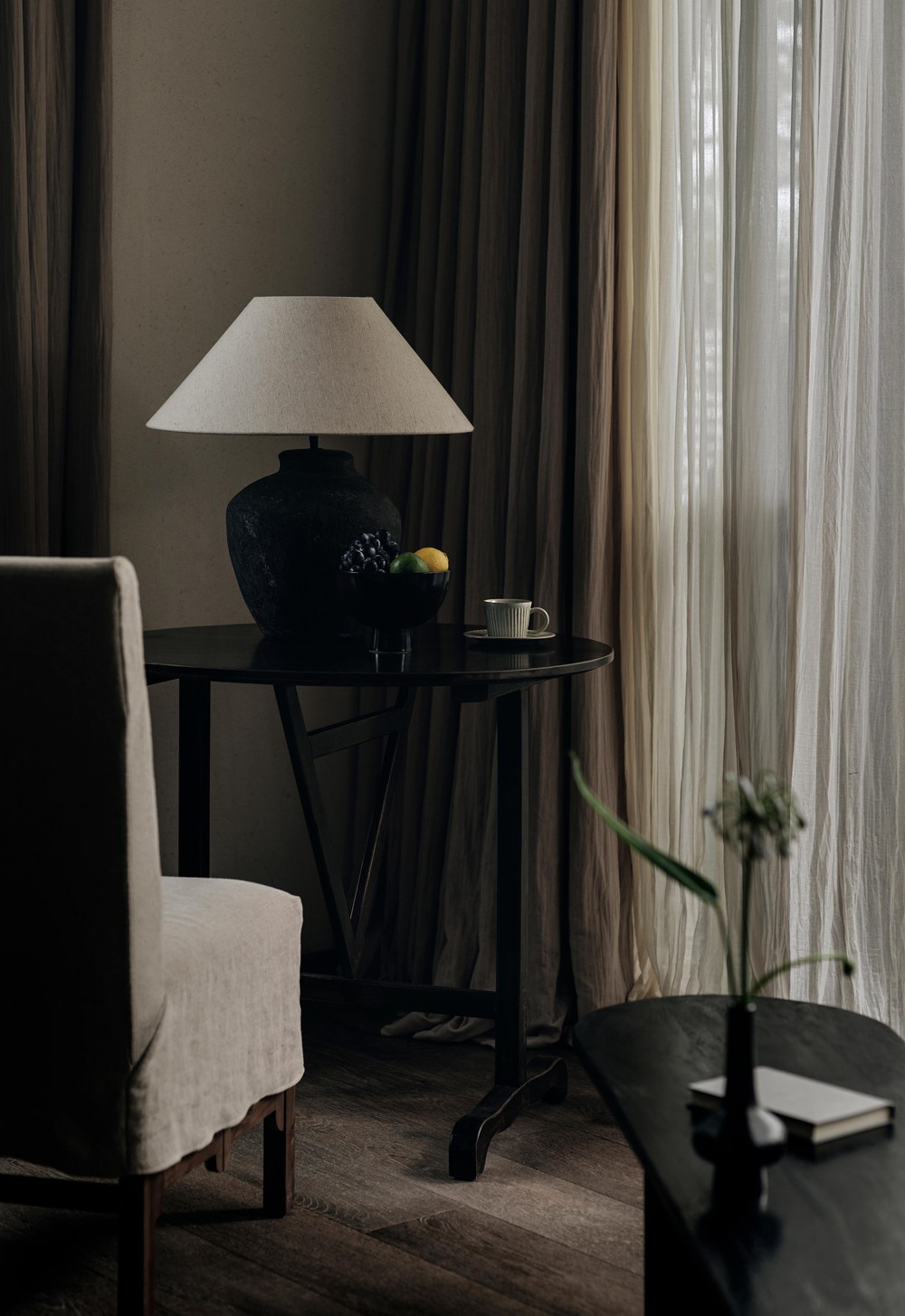
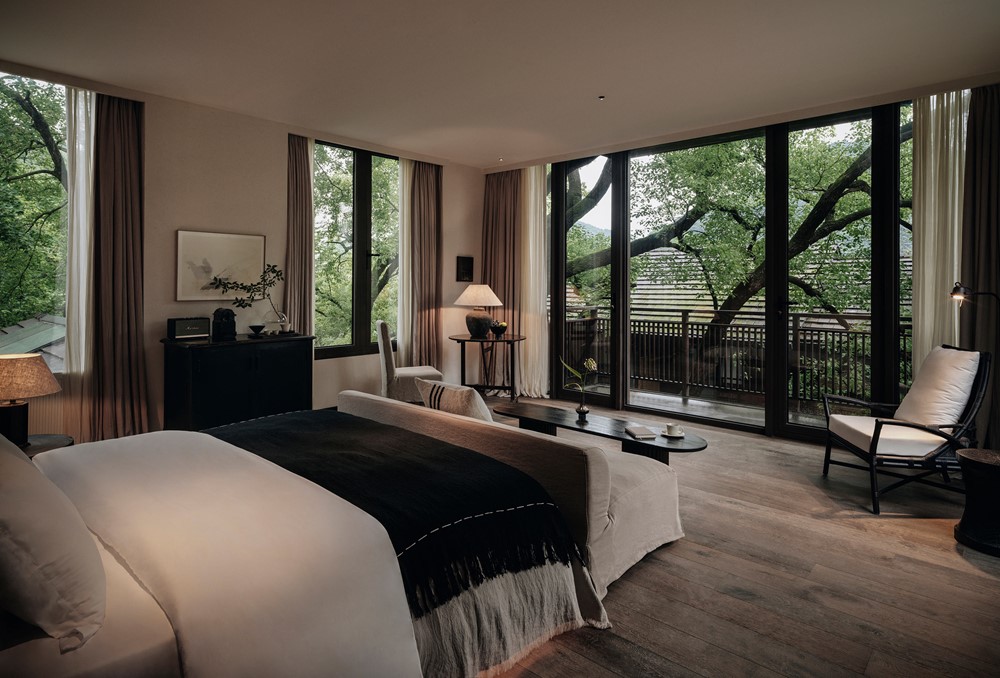
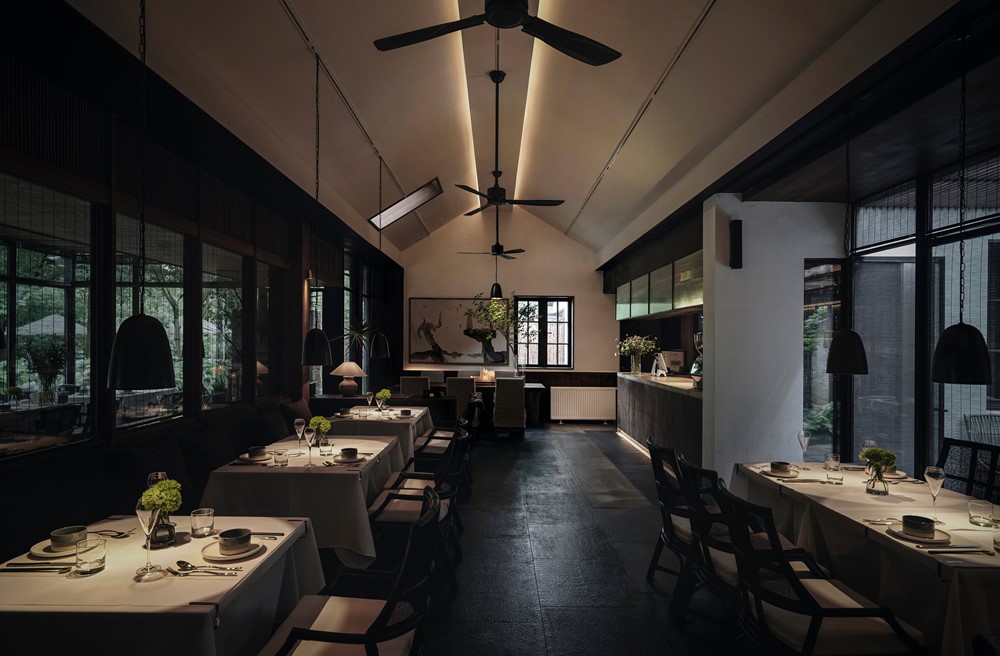

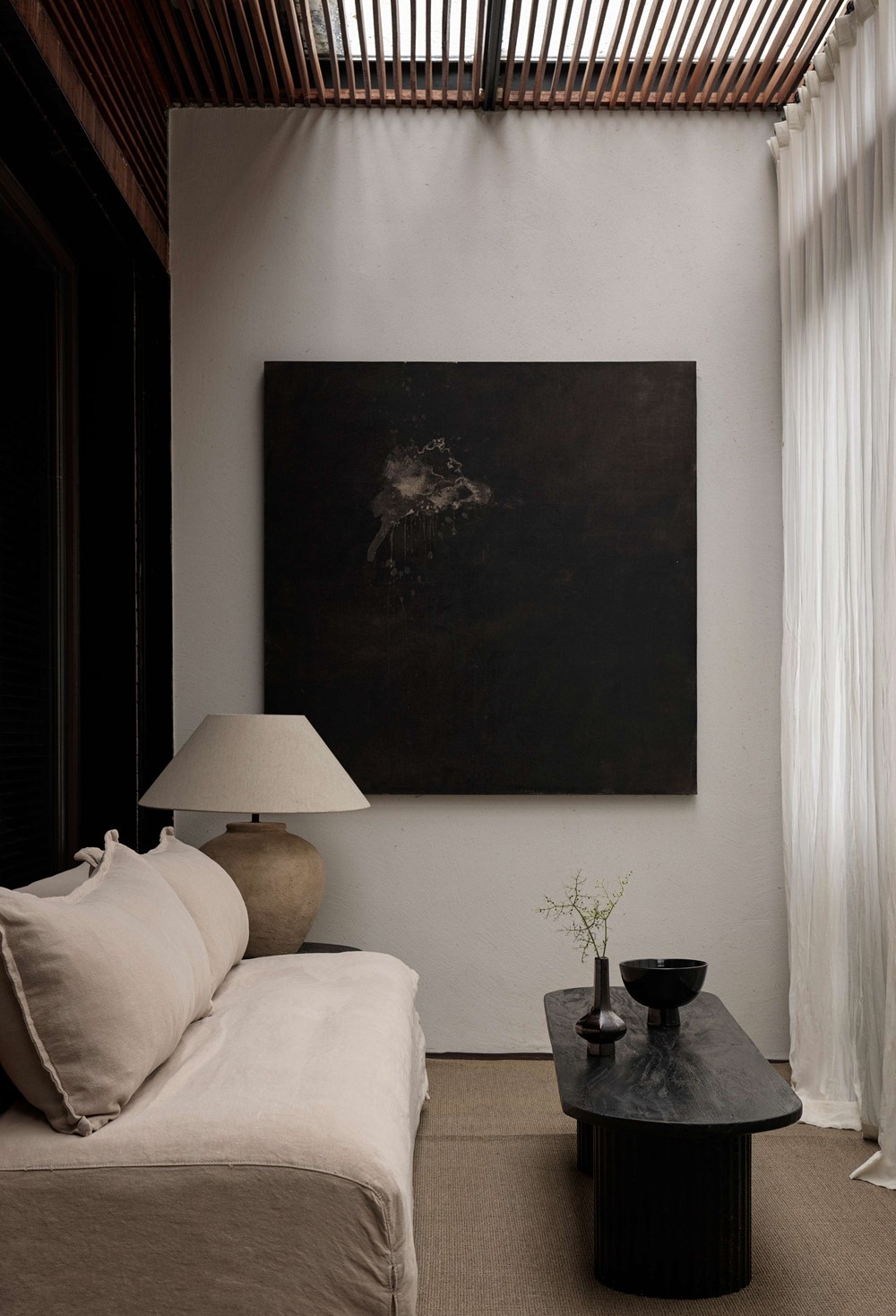
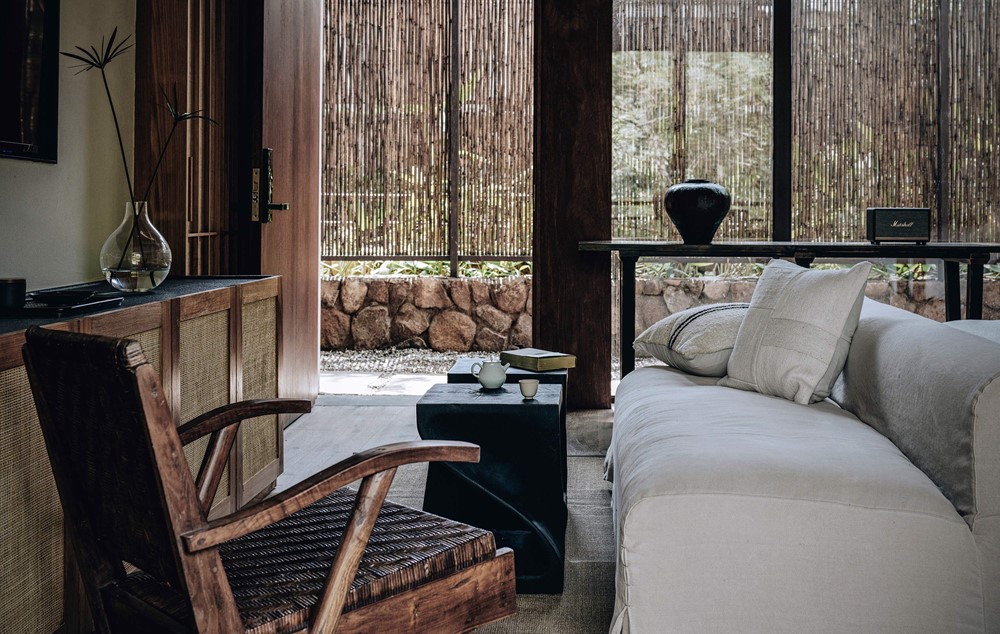
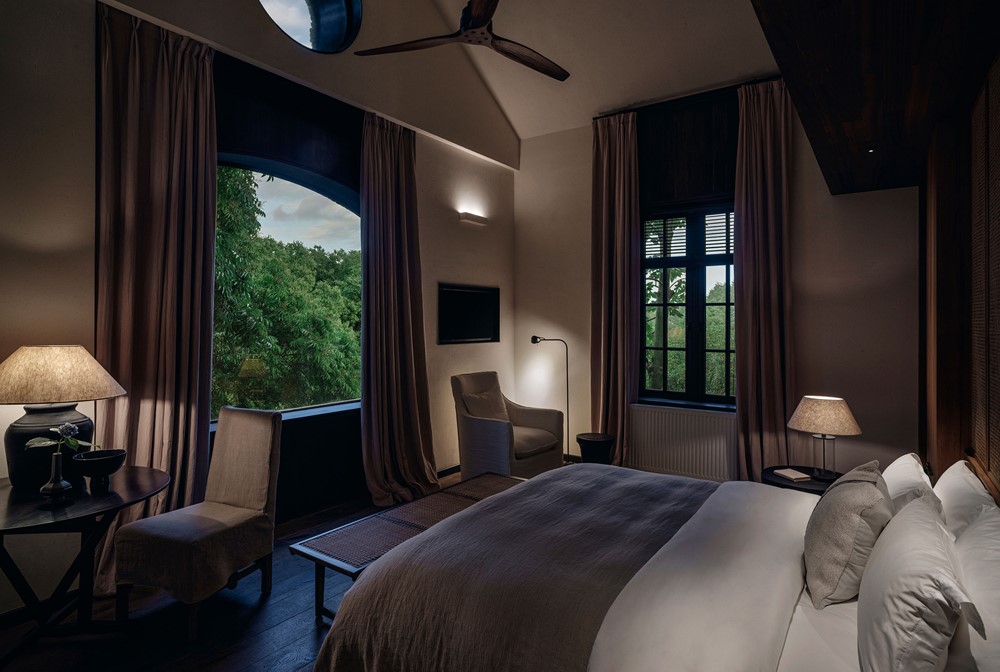
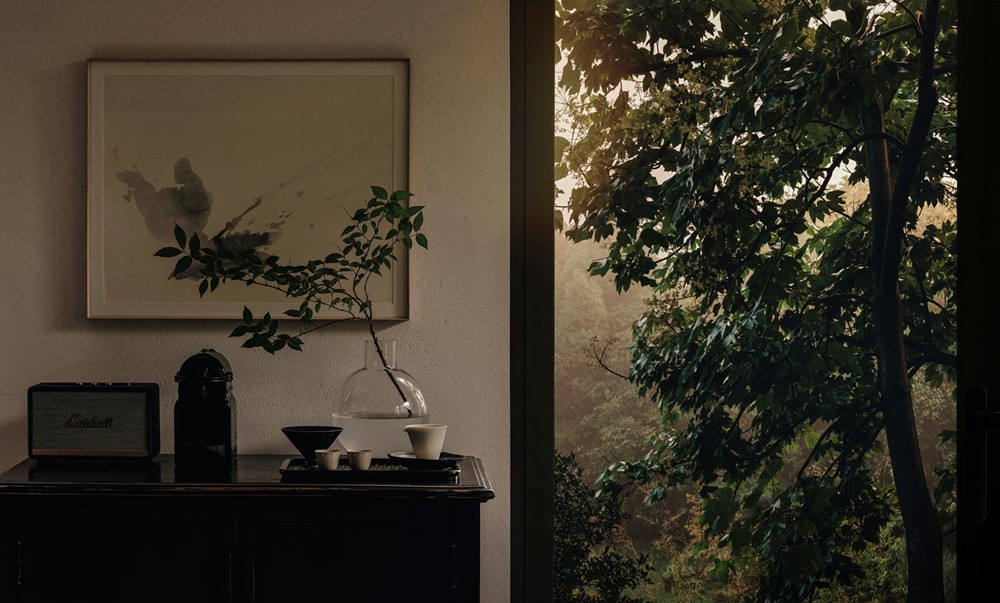
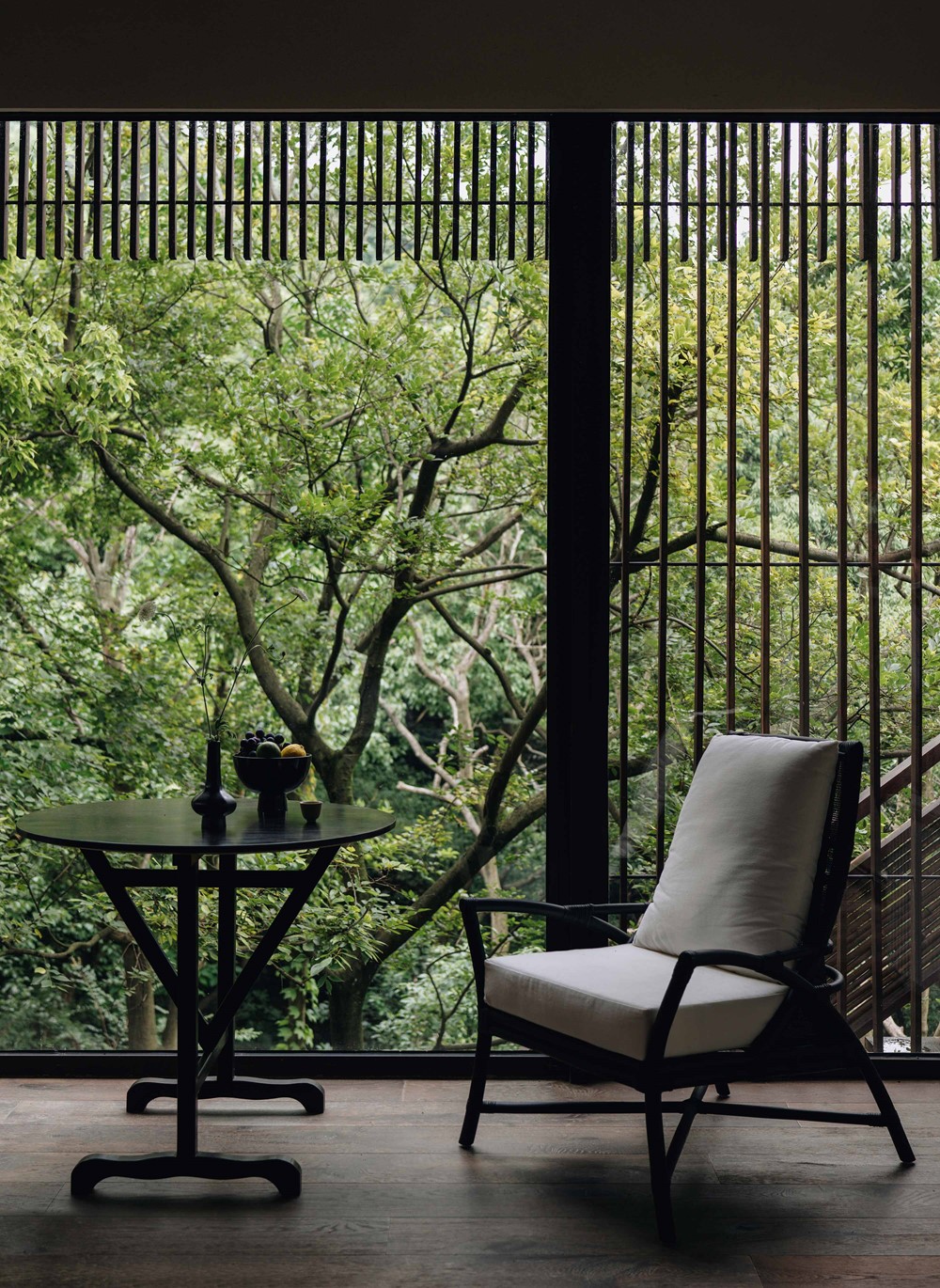
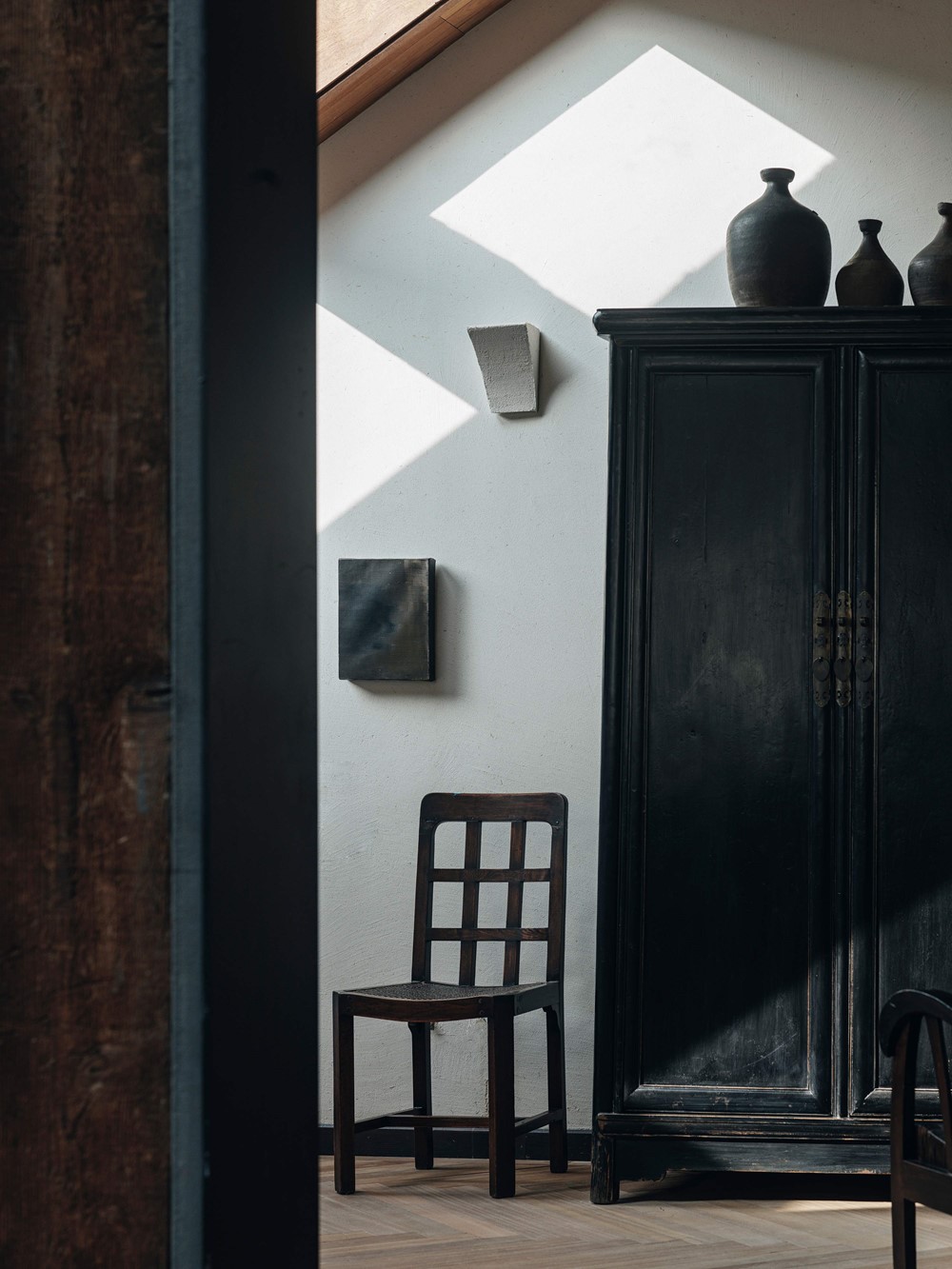



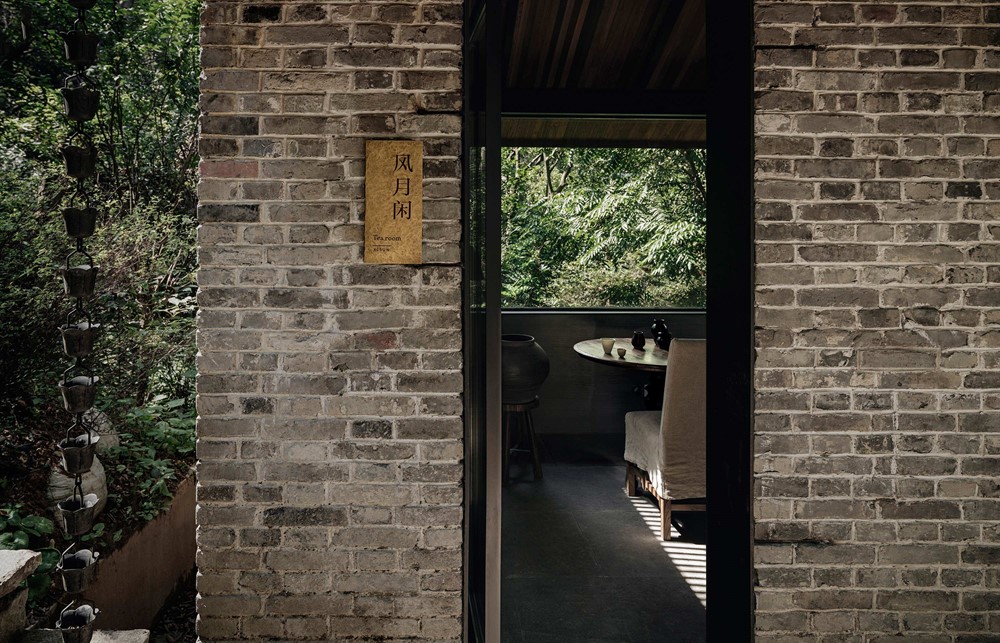
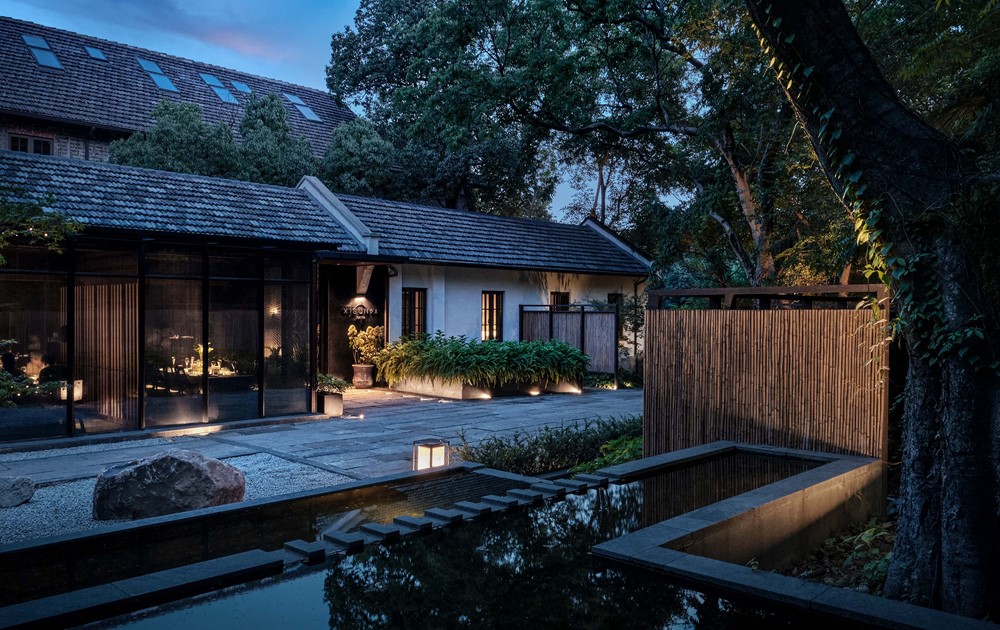
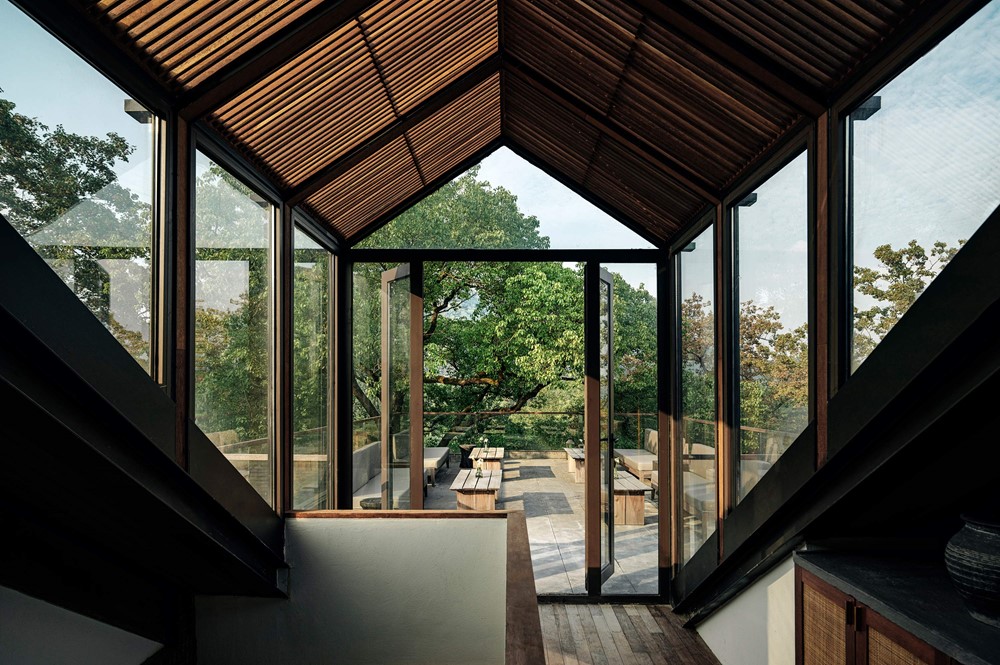

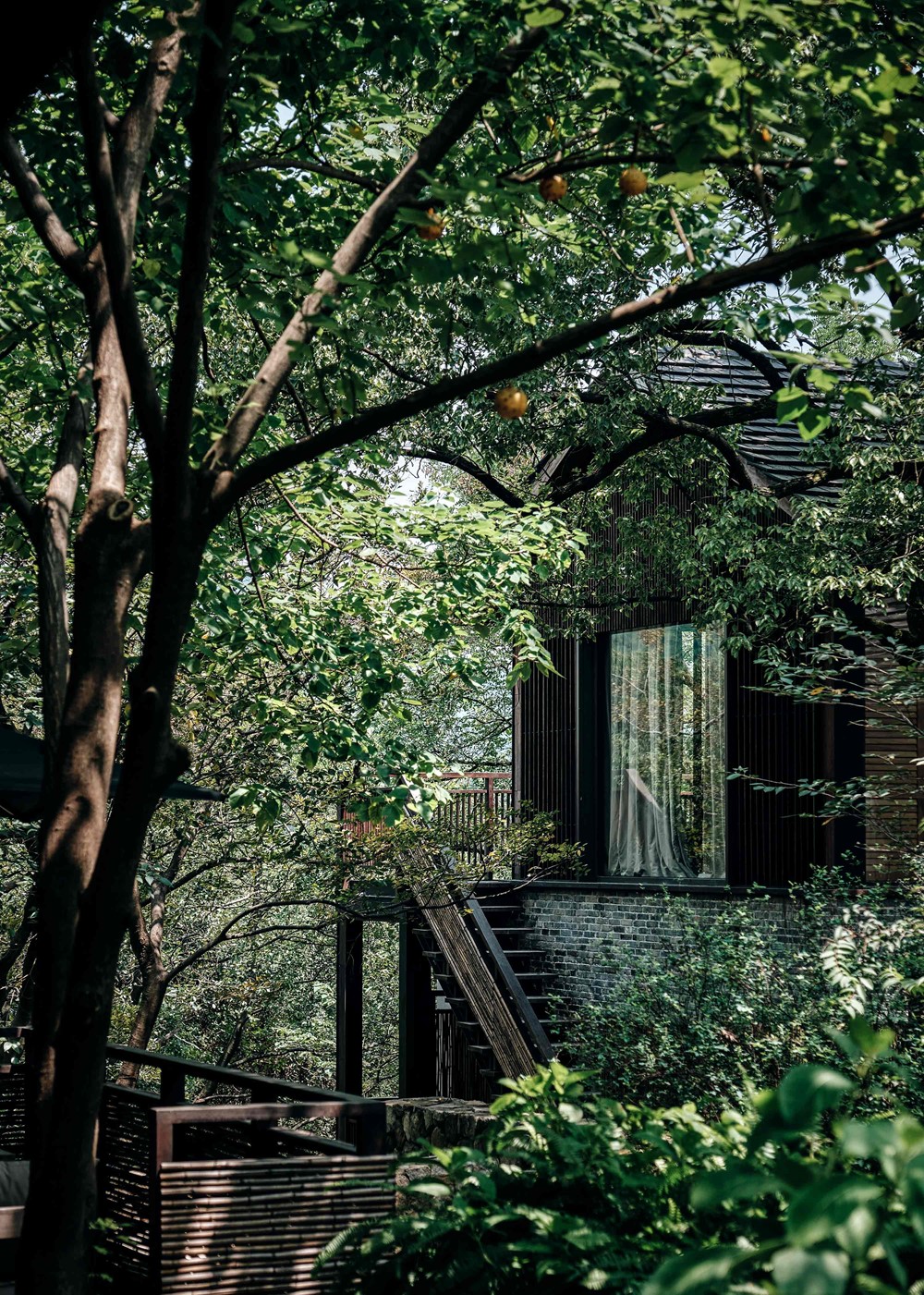
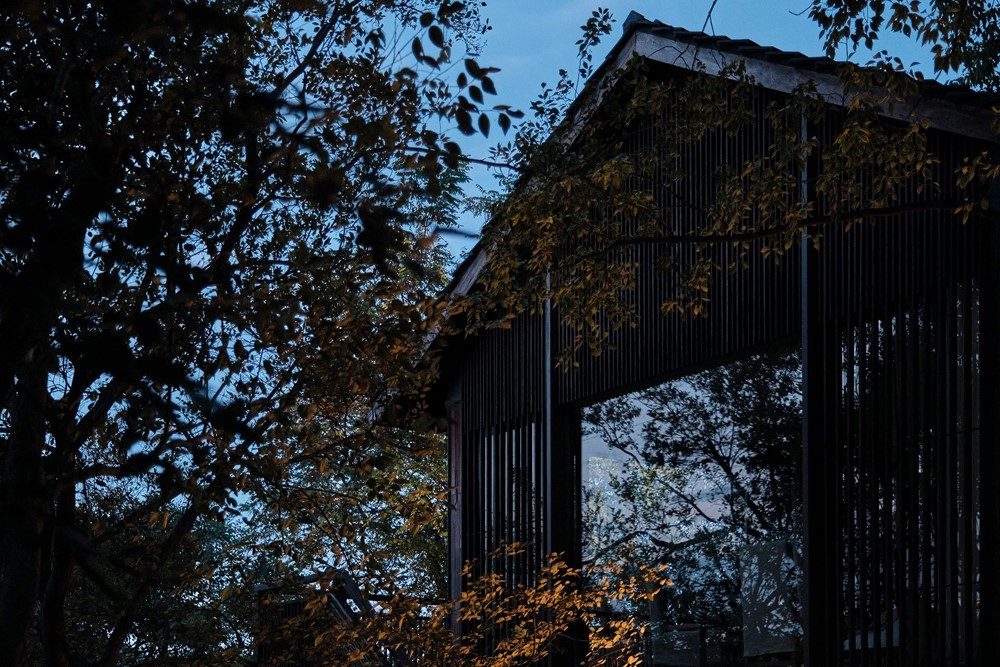
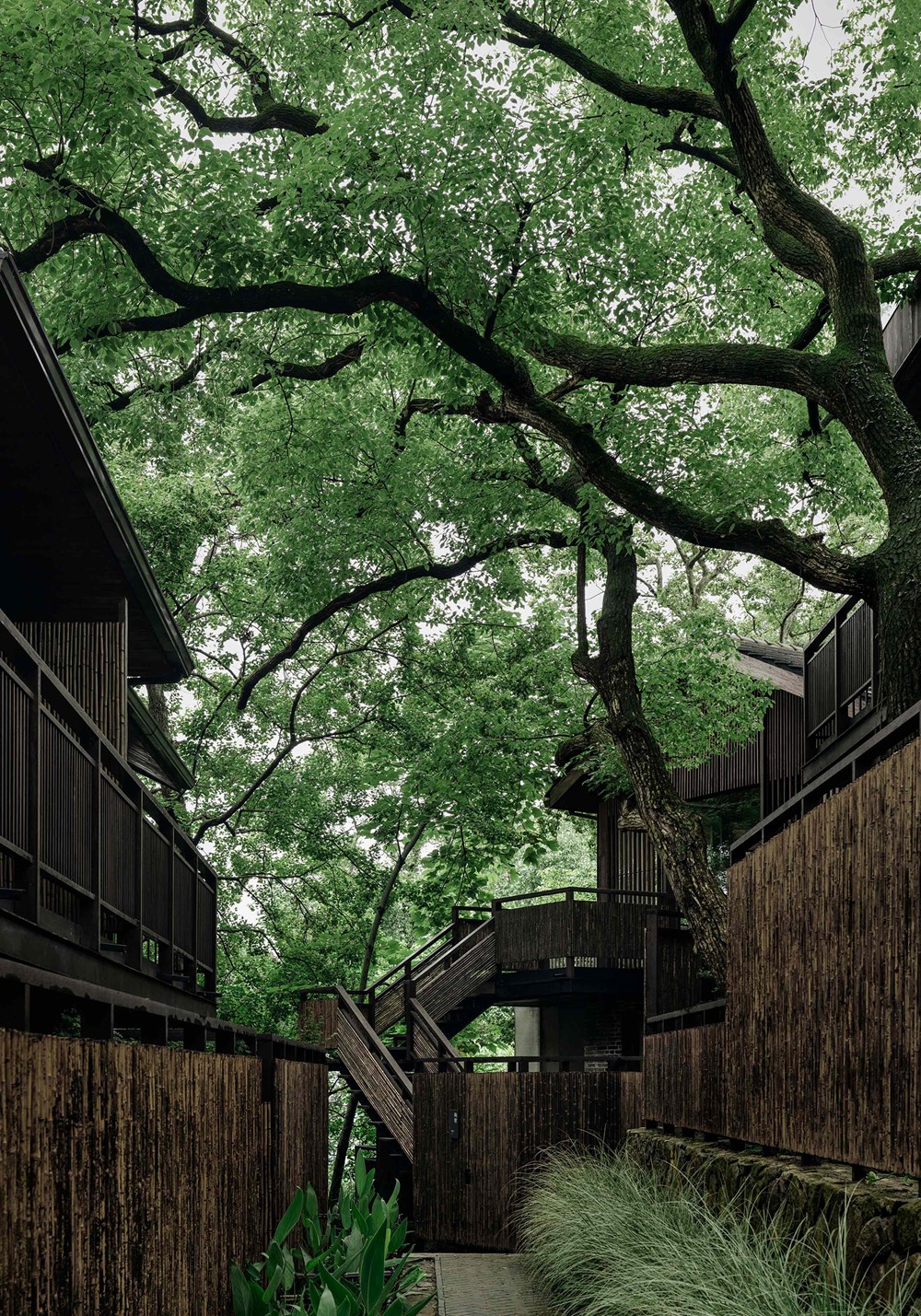
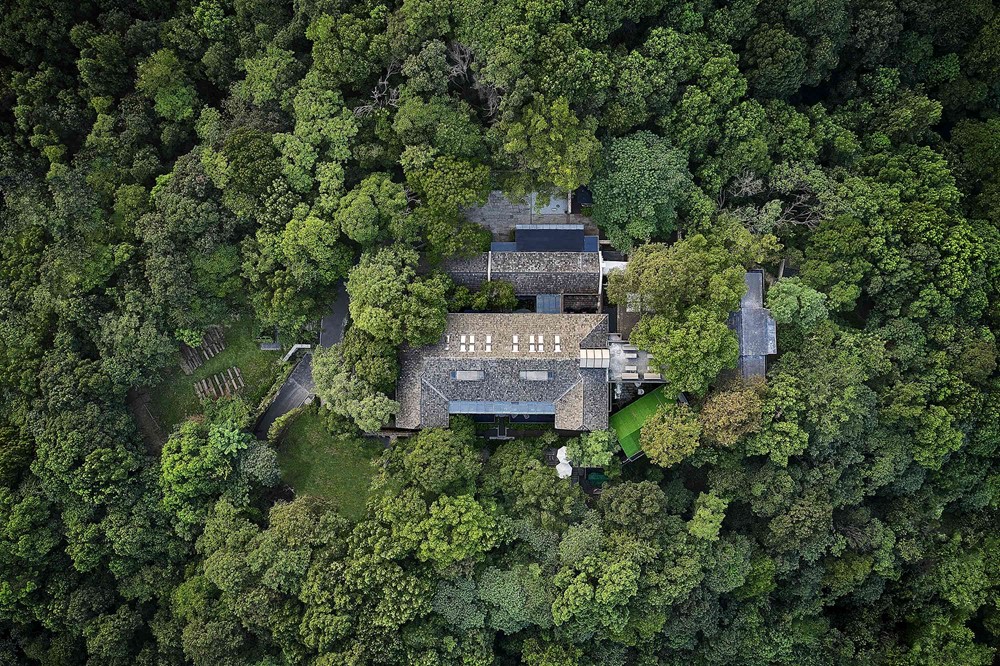

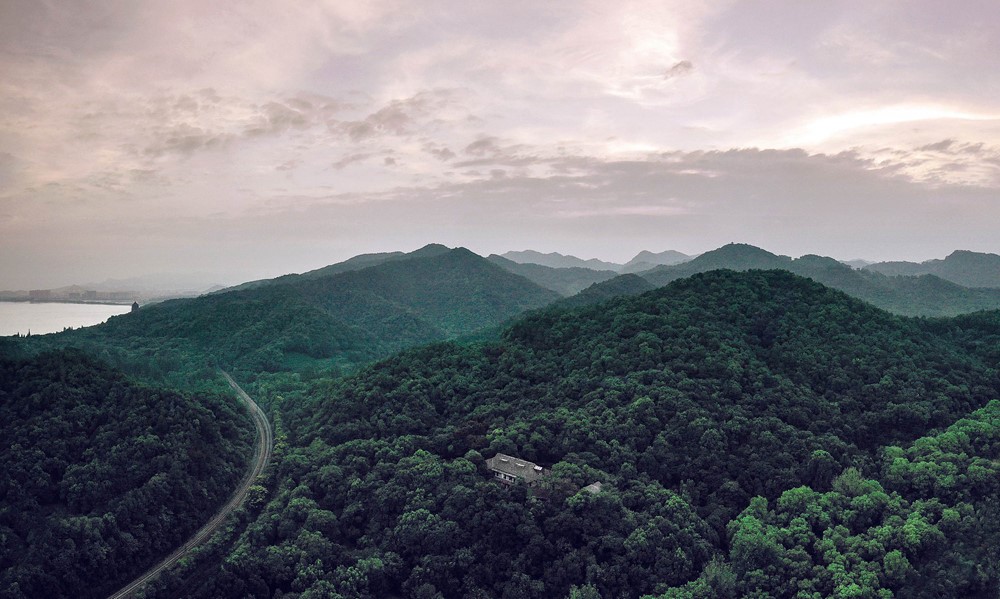 Brief introduction
Brief introductionA vicar, in 1934, of a Catholic Church in Hangzhou made a purchase of a tract of land, adjacent to Hupao Spring, onto which a villa was about to be constructed; the villa thereafter was accredited as a historic building. The bygone 82 years seem to have resulted in the erasure of its prior history and wiped out its recognition from the people’s memory, dilapidated and uninhabitable. This villa, having undergone thoroughgoing repairs and refurbishment for a four-year span from 2016 to 2020, made a comeback to the high visibility in the marketplace, and was christened ‘Sisan Hupao 1934’ (Hereinafter referred as ‘Sisan’).
Xie Ke, the chief designer, resumed the vividness and liveliness to the villa, which was previously used as the villa for the military attaché of US embassy and a temporary site for Xinhua bank.
One of the prevailing methods, presumably, to renovate such a historic building is supposed to make it perfectly preserved for maximum effect, whereas Xie took an alternative solution: he made every endeavour to retain a decent amount of history visible to this project, moreover, upon his close observation, he managed to distill the essence of history and impart it to a modern hotel through the design.
Wang Chi, the lead architect in this project, leans more towards expressing the modernity by a repetitive accentuation on the ‘Present’, the ‘Now-ness’. Ostensibly her view is wrestling with Xie’s, but granted, the emphasis on the ‘Present’ is a shared view of them both. Sisan characterises brick masonry and wood-framed structure though; at first sight, you may have mistaken it for an ancient villa on a weekly basis of maintenance because the structural steels and the glass are clearly distinctive indications to lay bare all the modern elements.
The designers are intended on retaining the previous facades intact as possible as they could. “We would like to displaying the real texture and true colour of the materials and curtail our time-investment in decorating the exterior walls, so we have carried out the essential repair work to the K37(ferric manganese umber) bricks. This is one building. In terms of another building, we did some minor changes but without any amount of disruption of its historic characteristics.” Xie Ke said.
Not only is the steel structure adopted as a common device in an effort to fortify the building but also to make it possible to implement the fenestration in a wider space. In such an enlarged terrace, Boston ivy may sneak reddish tendrils into the area, squirrels may steal the nuts on the table and have them stashed away, a terrace is a small garden to provide a space for small creatures to thrive in.
A serene bamboo-flanked gateway leads a handful of guests to the lobby. Bamboo groves on both sides release the refreshing scent that is a mesmerising tranquiliser to thaw out boredom and inertia. Since your first step is landed onto the way, then you may have slid into a continuum of soothing tranquility.
The guest room, needless to say, is the room that celebrates the primacy of privacy. The guest rooms in Sisan, more accurate to say, are an establishment to serve recreational and therapeutic purpose, keeping close to nature which is the simplest remedy for undoing the negativity.
Project Credits
Name: Sisan Hupao 1934 (otherwise known as ‘Sisan’)
Location: Huyu Road, Xihu District, Hangzhou, Zhejiang Province, China
Completion year: 2020
Site area: 4200 sqm
Gross floor area: 1800 sqm
Interior area:1630 sqm
Interior design: Ya Design – Wang Chi, Bao Yixin, Jiang Xian, Shen Linzhen
Principle designer: Xie Ke, Zhi Hongxin
Design team: Wang Chi, Zheng Yajia, Hong Hong, Wu Siyu, Bao Yixin, Jiang Xian, Shen Linben
Structural engineer: Yang Ye, Luo Zhuomao
FF&E design team: SYY DECORATION DESIGN – Xie Ke, Zhi Hongxin, Zheng Yajia, Hong Hong Hong, Wu Siyu
MEP consultant: Liu Hu
Lighting consultant: Zhu Lidong
Materials: Marble, Bricks, Wood, Ceramics
Total cost: 30 million RMB
Image © Tantan Lei
